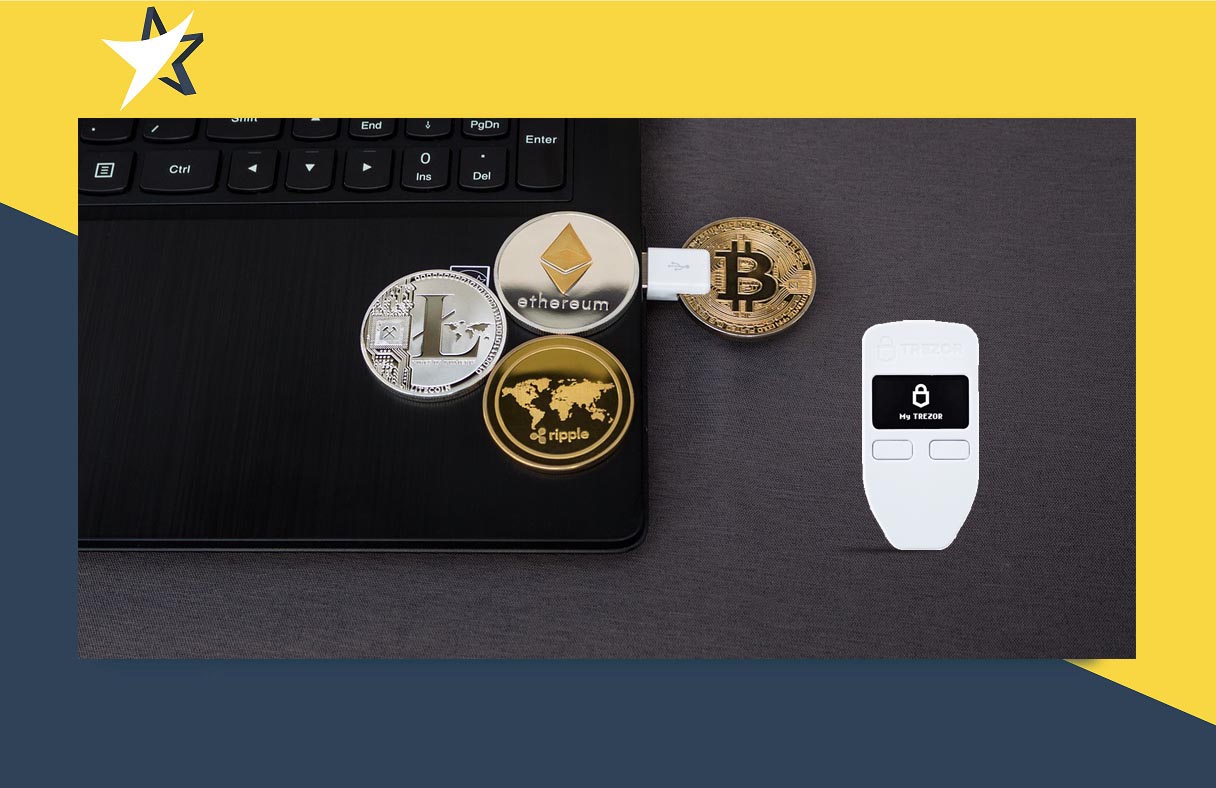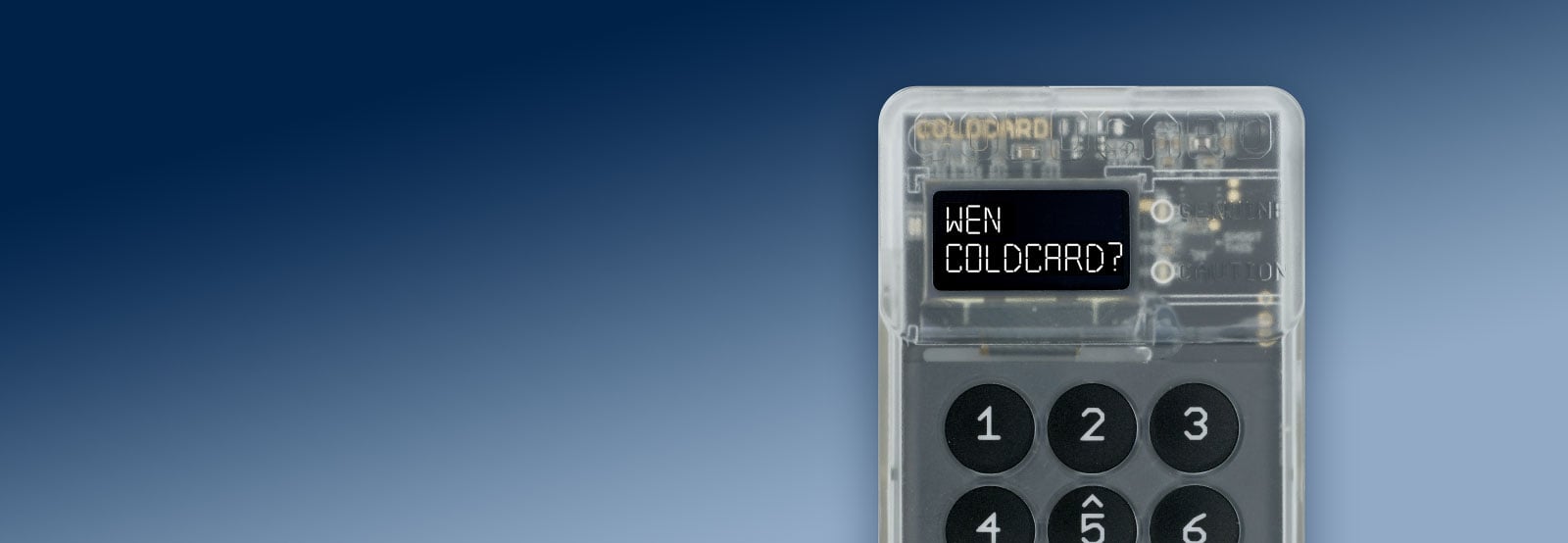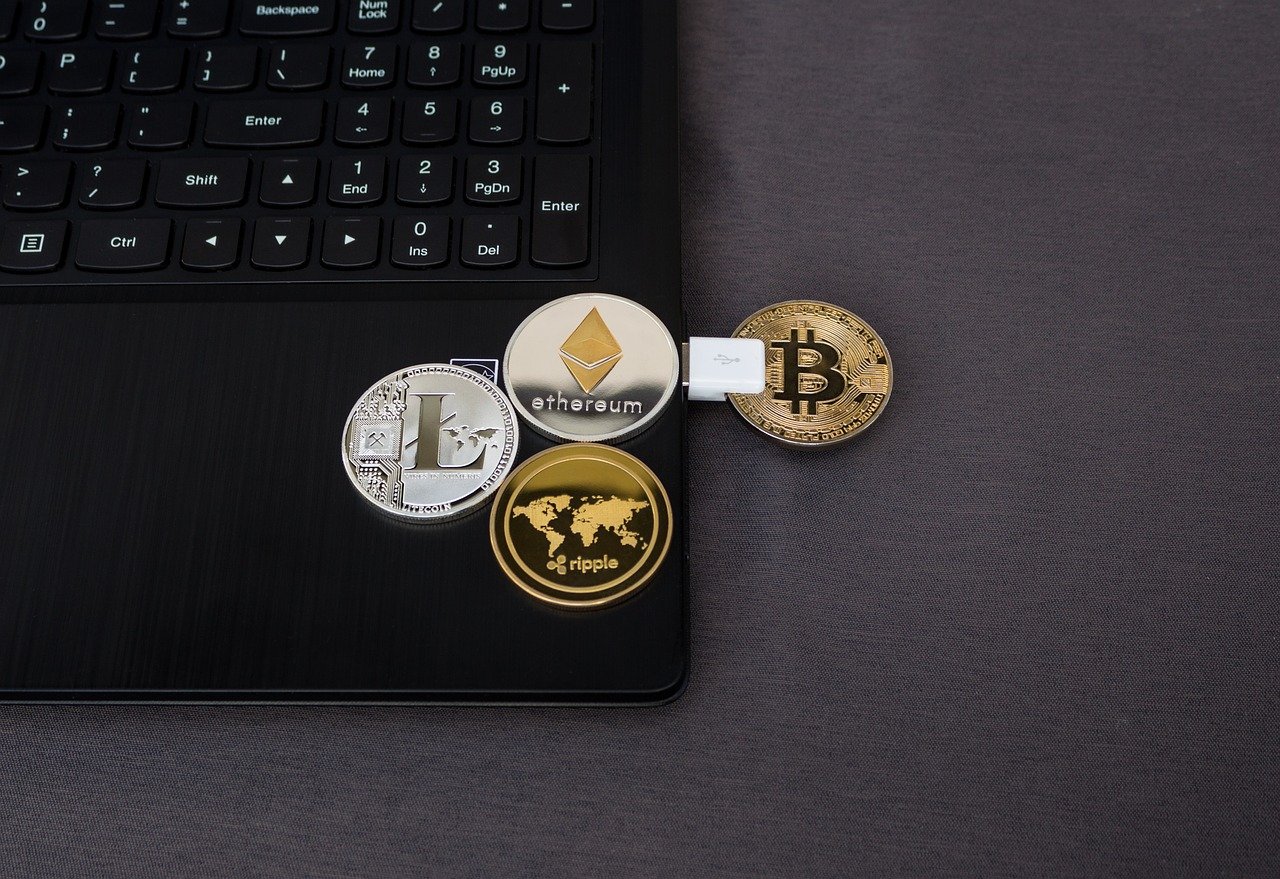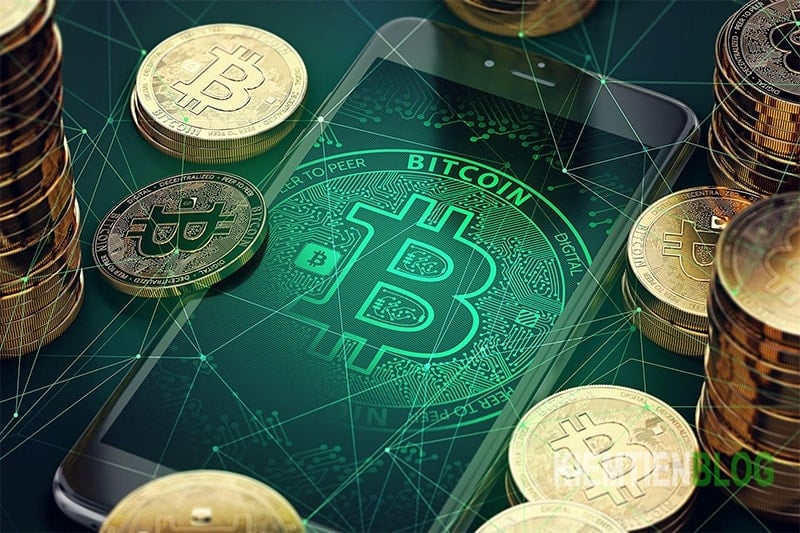“Get a Trezor device and hodl your coins! Keep your coins off of exchanges! Secure your coins with a hardware wallet!” You’ve heard the spiel before; by now you know the safest place for your coins is securely snuggled inside a hardware wallet, right?
WRONG.
Your coins aren’t in your hardware wallet. But don’t panic! By the time you finish reading this article, you’ll have a better understanding of where your coins are, what you really need a hardware wallet for, and what we even mean when we say “coins.”
Dude, where’s my coins?
On the blockchain. Okay, the end!
Just kidding. In order to find your coins, let’s trace our steps from the very beginning, starting with your hardware wallet.
What’s really stored on your hardware wallet? Private keys. Think of that private key as the thing that unlocks a doorway to your coins. Your private key should never leave the safety of your device — we’ll explain why that’s so important in a moment.
Your private key will be used to create a public key, which is the address of your wallet. That address is where your coins are sent and received. Everyone can verify that that address belongs to you (without knowing your identity, don’t worry) because you have the private key that matches the public key. This will come in handy in a minute.
So my coins are at that address?
Well…no. All the information about how many coins belong to your address (aka public key)— and to every other address that exists — is stored as transaction info on the blockchain. Think of the blockchain as a record book of every transaction that has ever happened. There are different blockchains for different coins, so the Ethereum blockchain has info about all Ethereum transactions, and the Bitcoin blockchain has all the info about Bitcoin transactions.
Every time bitcoins are bought, sold, or exchanged (i.e. every time a transaction is created), information about the sending address and the receiving address is updated on the blockchain. The sending address is recorded as having fewer bitcoins (or sats), and the receiving address is recorded as having more bitcoins (or sats).
But I could just as easily say I have more coins than I do.
This is a little off-topic, but you asked! It’s an important question: How do you know that someone really has the number of coins they say they do?
Remember how we said the blockchain stores all the transaction information? The blockchain is verified by a network of connected computers or other devices, which we call nodes. You can think of each node as a person holding an exact copy of the record book that contains a record of every transaction ever made on the blockchain.
When Boomer decides that he wants to sell some of his coins, let’s say five of them, he finds someone who wants to buy five coins. Karen decides she wants to buy five coins from Boomer — but wait! Maybe it’s a scam? Does Boomer really have five coins?
Before the transaction between Boomer and Karen can process, it has to be approved. So those people holding record books (nodes) flip to page 587,317 and they find a record of a transaction in the past, when Boomer bought five coins. Anyone looking at that record can then say “Yep! This is legitimate, Boomer’s address/public key really does have five coins.”
Enough people (nodes) have to look at their exact copy of the record book and approve the transaction as legitimate in order for it to be official, and irreversible.
Karen then gets five coins at her address, and all those people scribble an update on the very last page of the record book so that next time, if Boomer tries to say “Hey, I still have those five coins at my address, who wants to buy them?” or if Karen tries to say “Oh actually, I have six coins at my address!” then a collectively disapproving network of people (nodes) will slam their record books closed and shout “FALSE!” And the attempted fraudulent transaction will be denied.
And that’s what a blockchain is. A huge collection of information or data that is 100% verifiably correct, because the majority says it is. (We’ll take a closer look at what’s really happening behind the scenes of a transaction in another article.)
Now, finally, we can answer the question “Where are my coins right now?”
There is no spoon
And there are no coins.
Let’s compare it to something we’re all a little more familiar with: your bank account. When you check your bank account balance, you see a number there, but there is no stack of money with your name on it stored in a private bank vault somewhere, with an angry goblin running in and out to add or remove money every time you spend or earn more.
Your life savings is just a number on a screen, a collection of transactions that says “Here I deposited $300” or “Here I spent $27.45”. And that’s exactly what is on the blockchain: no actual physical (or digital) coins, but a record of transactions to prove the balance of your address, which is actually your public key, which is generated from your private key, which is stored on your Trezor device (we hope).
Wait, what was that about the private key again?
It’s easy to quickly summarize why the private key is so important, but it’s harder to really hammer home just how important it is to safely, securely, soundly, strongly store that private key.
To summarize: your private key proves that your address — aka the public key and the coins stored there — really belongs to you. You use the private key to prove that you own your address every time you send or exchange coins from an address. No one else can say that your address belongs to them, because they don’t have the private key to prove it.
You know how we always say “Not your keys, not your coins”? You have to protect that private key because if anyone else gets their hands on it, they can use it to say they own your address, which means they own your coins.
When we say “Keep your coins off of exchanges! Secure your coins with a hardware wallet!” what we really mean is “Keep your private keys off of exchanges! Secure your private keys with a hardware wallet!” No private key means no coins.
By Liz Windsor from blog.trezor.io







